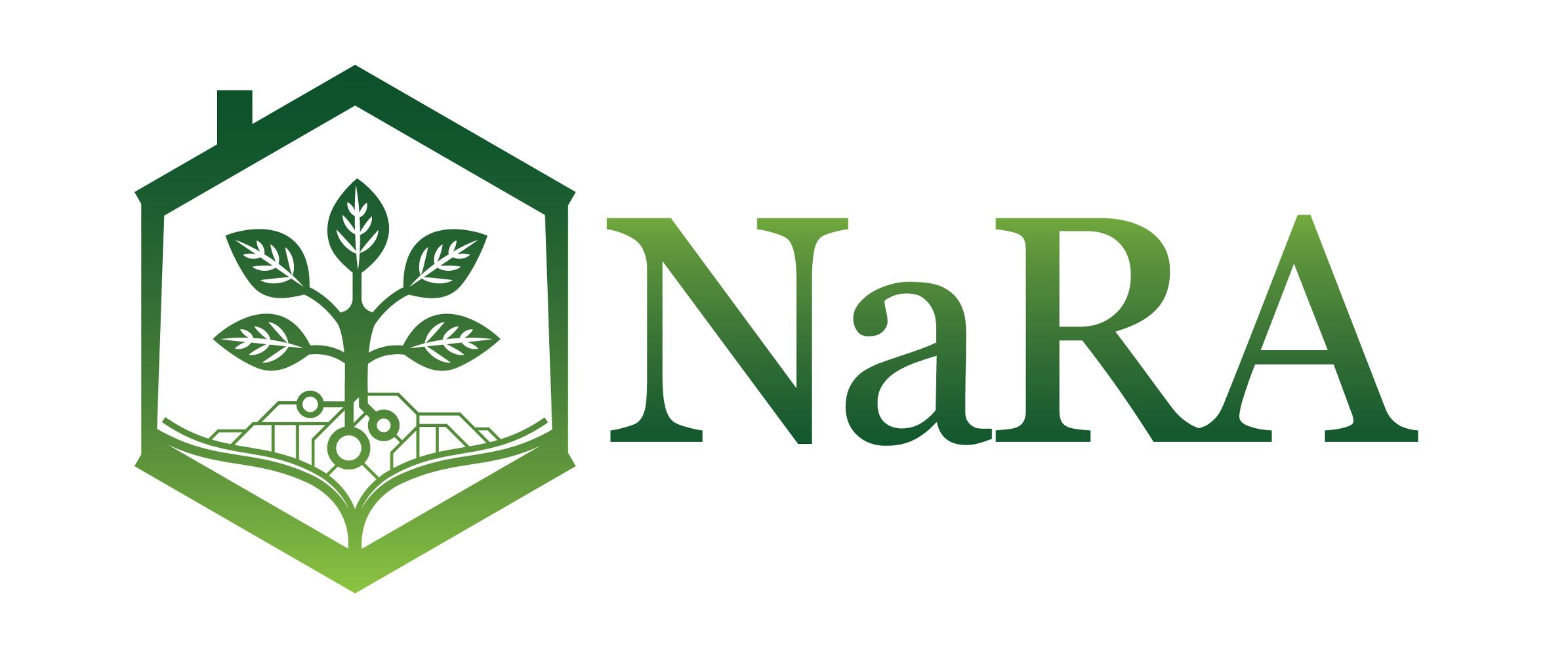Diaporthe/Phomopsis Species on Soybean in Serbia
Vrste roda Diaporthe/Phomopsis na soji u Srbiji
| dc.contributor.author | Vidic, Milos | |
| dc.contributor.author | Jasnic, Stevan | |
| dc.contributor.author | Petrovic, Kristina | |
| dc.date.accessioned | 2015-11-07T16:05:24Z | |
| dc.date.available | 2015-11-07T16:05:24Z | |
| dc.identifier.uri | http://arhiva.nara.ac.rs/handle/123456789/1404 | |
| dc.description.abstract | A complex of soybean diseases is caused by species from the genus Diaporthe /Phomopsis. Diaporthe phaseolorum (anamorph Phomopsis phaseoli) and Phomopsis longicolla (teleomorph unknown) are described as soybean pathogens. The first species includes three varieties: D. phaseolorum var. sojae, anamorph Phomopsis sojae, the causal agent of pod and stem blight, and D. phaseolorum var. caulivora and D. phaseolorum var. meridionalis, agents of northern and southern stem canker. The species P. longicolla is the most common and most damaging agent of soybean seed decay. The diseases caused by parasites from this genus were first observed and described on soybean in the USA. Presently they are widespread in most soybean-growing regions around the world. Soybean in Serbia is attacked by all pathogens mentioned above, except for D. phaseolorum var. meridionalis, the causal agent of the southern stem canker. D. phaseolorum var. caulivora (northern stem canker) has the greatest economic importance because it causes wilt and drying of plants during pod development and grain filling. Most intensive outbreaks of the disease occurred in the 1980s in southern and southeastern Banat, southern Bačka and Srem. Prematurely wilted plants yielded 50% to 62% (depending on variety) less than healthy plants. Such heavy losses raised the question of the profitability of soybean growing. P. sojae and P. longicolla are less important in Serbia at the moment. Intensive infections of soybean seed break out occasionally. It was found that P. longicolla is the primary agent of seed decay and latent infections of seed in our country, although the other members of this genus may cause identical symptoms. Sexual cycle of development (teleomorph stage) of the fungi of the genus Diaporthe /Phomopsis form perithecia with asci and ascospores, while in the asexual cycle (anamorph stage) various types of conidia (α and β) are formed in pycnidia. The species P. longicolla has no teleomorph stage. Infected harvest residues and soybean seeds are main sources of the inoculum. D. phaseolorum var. caulivora forms perithecia with ascospores on overwintered harvest residues. During growing season, ascospores infect leaf laminas, petioles, or injured plant parts. P. sojae and P. longicolla form pycnidia (P. sojae sometimes forms perithecia), and they infect plants by means of conidia. Seed infection by conidia or ascospores unfolds via pods. Infected crop residues are the main source of the inoculum, while infected seeds help the parasites spread over large distances. Humidity and temperature (soil and air) are the mains factors that affect the dynamics of fruiting body formation, spore release, establishment of infection and the development of disease symptoms on soybean plants. Considerable attention is devoted to finding effective sources of resistance to the disease complex caused by species from the genus Diaporthe/Phomopsis. Resistance to the agents of seed decay was found in several introduced (PI) genotypes. This resistance is controlled by one or two pairs of dominant genes. Some cultivars are resistant to D. phaseolorum var. meridionalis (southern stem canker). Their resistance is controlled by two or four pairs of genes (Rdc). There is no physiological resistance to D. phaseolorum var. caulivora, the agent of northern stem canker, but significant differences in susceptibility level exist among soybean genotypes. Molecular techniques (RAPD, PCR-RFLP) showed that significant variability was present within the population of D. phaseolorum var. sojae. Other species of fungi were suspected to exist within that population, which could not be distinguished on the basis of their morphological characteristics. This was subsequently confirmed by the sequencing of different regions of ribosomal DNA. | en |
| dc.description.abstract | Kompleks oboljenja na soji izazivaju gljive iz roda Diaporthe/Phomopsis. Kao paraziti soje opisana su tri varijeteta vrste Diaporthe phaseolorum (anamorf Phomopsis phaseoli), i to: D. phaseolorum var. sojae (syn. P. sojae), prouzrokovač paleži mahuna i stabla (pod and stem blight), zatim D. phaseolorum var. caulivora i D. phaseolorum var. meridionalis prouzrokovači „severnog“ i „južnog“ tipa raka stabla (soybean stem canker). Phomopsis longicolla (teleomorf nepoznat) je najčešći prouzrokovač truleži semena (soybean seed decay), mada ovo oboljenje izazivaju i sva tri varijeteta gljive D. phaseolorum. Svi pomenuti pripadnici roda, izuzev D. phaseolorum var. meridionalis, prisutni su na soji u Srbiji, a najveći značaj ima D. phaseolorum var. caulivora, prouzrokovač raka stabla. Poslednjih nekoliko decenija sprovedena su brojna, sveobuhvatna proučavanja parazita roda Diaporthe/ Phomopsis na soji u našoj zemlji. Nedavno započeta istraživanja na molekularnom nivou ukazuju da su pored pomenutih na soji prisutne i druge vrste ovog roda. U ovom radu su analizirani rezultati višegodišnjih istraživanja u svetu i kod nas. | sr |
| dc.subject | Soybean | en |
| dc.subject | Diaporthe/Phomopsis species | en |
| dc.subject | Stem canker | en |
| dc.subject | Pod and stem blight | en |
| dc.subject | Soybean seed decay | en |
| dc.subject | Soja | sr |
| dc.subject | rak stabla | sr |
| dc.subject | palež mahuna i stabla | sr |
| dc.subject | trulež semena | sr |
| dc.title | Diaporthe/Phomopsis Species on Soybean in Serbia | en |
| dc.title.alternative | Vrste roda Diaporthe/Phomopsis na soji u Srbiji | sr |
Files in this item
This item appears in the following Collection(s)
-
VOL 26 *No.4
http://www.pesting.org.rs/2011.php



